Skeleton Coast, Namibia
Believe it or not, some people actually decide to travel to a place called Skeleton Coast. Nothing positive can come out of visiting a place with such a name, that’s for sure.
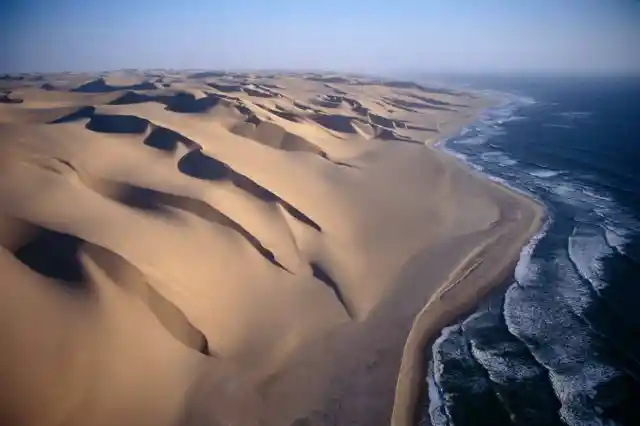
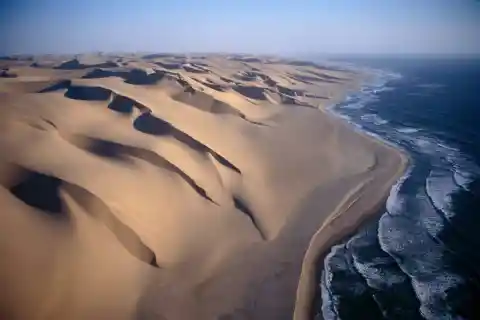
Though this landscape may look temptingly stunning, these legendary Namibian sand dunes are quite intimidating for the few surfers who visit the coast. Rusty remains of old ships that perished at sea in the past and several whale bones eerily decorate the site. It sounds scary enough for me!
Blue Hole Of Dahab, Egypt
After looking at this picture for a couple of seconds, you’re probably thinking that this place doesn’t seem particularly dangerous or creepy. Except for the green moss, it even looks decent enough for a nice swim, doesn’t it?
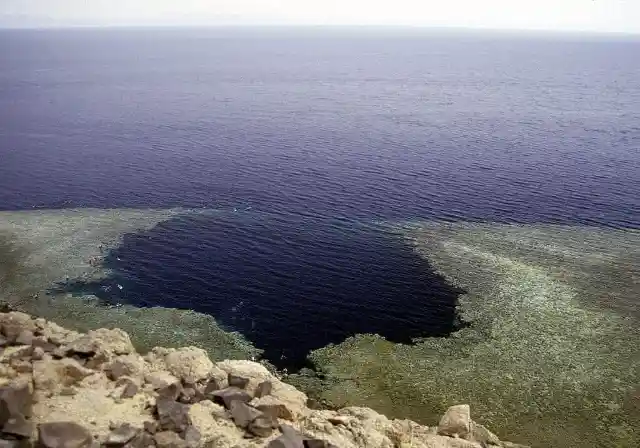
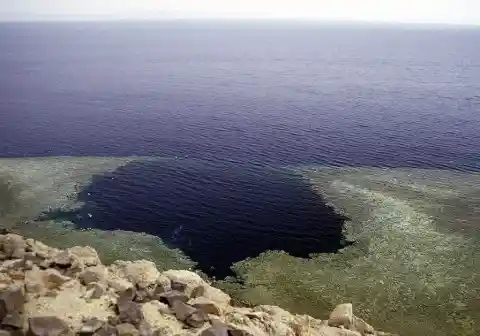
Well, here’s an early lesson: never judge a book by its cover! As a matter of fact, you’re observing one of Earth’s most dangerous blue holes. This is a strange type of sea cavern with an open surface. Curious divers are often fascinated with the possibility of discovering mysterious caves or paths, but most of them aren’t able to make it back…
Lake Nyos, Cameroon
That’s right; rumor has it that at least 190 divers have died while exploring the infamous Blue Hole of Dahab in Egypt. But believe it or not, Lake Nyos, which is located in Cameroon, is perhaps an even greater danger.
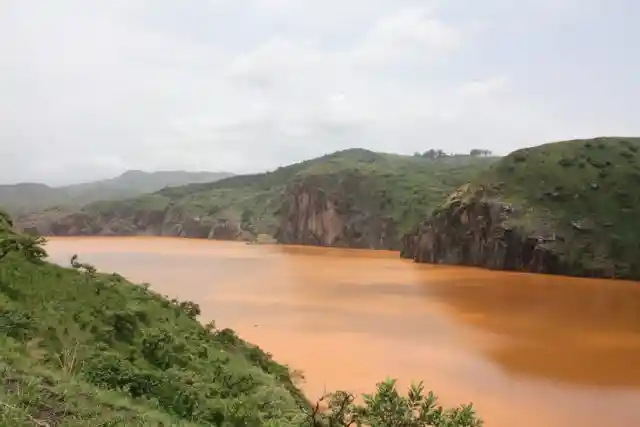
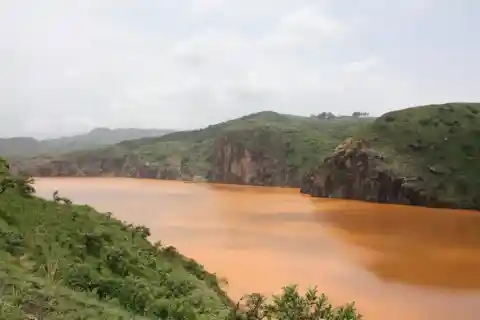
This spooky lake lies on a layer of magma. The magma tends to release carbon dioxide, and while it usually remains stable, an accident can, in fact, increase the gas emission to unsafe quantities. An accident as such tragically took place in 1986 when Lake Nyos released an enormous amount of carbon dioxide. The monstrous gas cloud expanded to the valley’s surroundings, killing almost 2000 villagers due to asphyxia.
Antelope Canyon, Arizona
To continue with our list, we now have the Antelope Canyon, located in Arizona. These rare formations are a tourist favorite, and it’s not a surprise, really. The place is absolutely beautiful… but it’s equally dangerous!
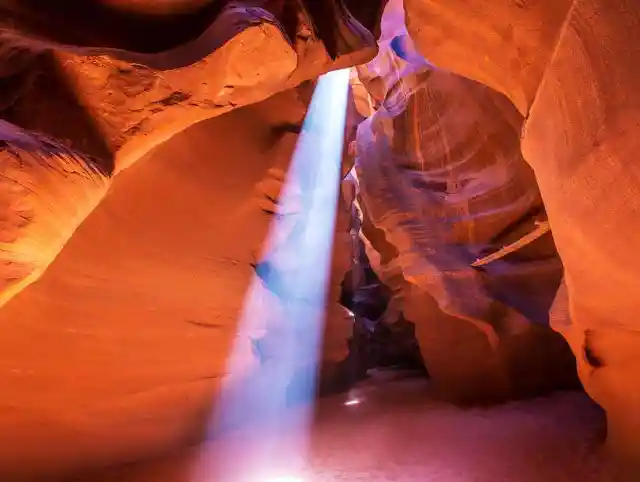
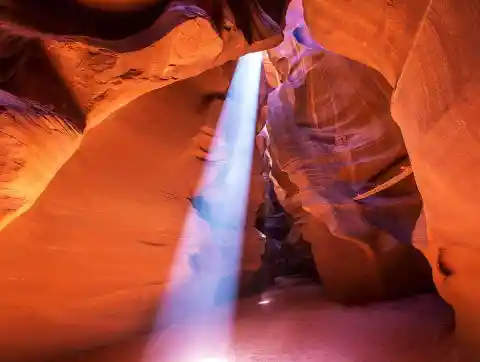
Locals in Arizona are well aware of the sudden floods that can occur on the Antelope Canyon’s dazzling passageways because of distant, unforeseeable rains. Due to a terrible accident that provoked the death of 11 tourists in 1997, a modern ladder system was built to prevent further tragedies.
Manaus, Brazil
The enormous rainforest city of Manaus has a different type of danger, though. If you have the determination required to get here (a boat is generally needed to access Manaos), I really hope you’re traveling with all the necessary resources…
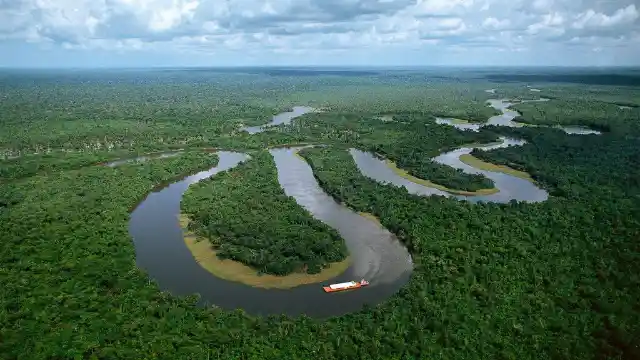
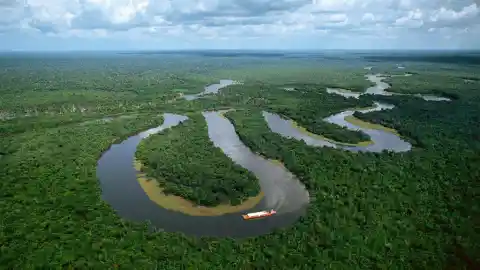
That’s right, Manaus, which lies next to the Amazon river in Brazil, has an eclectic variety of animals, and these include massive, poisonous spiders, sharks, anacondas, and much more! So, if you’re not crazy about bugs, stay away from this site.
Darvaza Crater, Turkmenistan
Some of our picks for this list seem so surreal that their existence is hard to believe, and this is definitely a good example. The picture shows a view that looks like it was taken straight out of a_ Lord of the Rings_ movie, right? Well, you’re actually looking at one of Earth’s most scary phenomena…
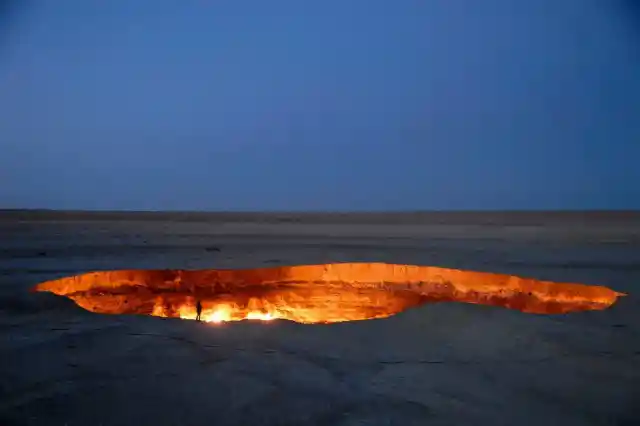
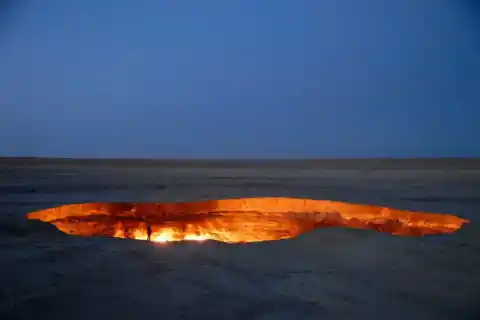
Rumor has it that the mind-boggling Darvaza gas crater has been burning since 1971. I bet you’re wondering about some sort of scientific explanation, right? The answer is the following: that place is a natural gas field. Since methane emanates from this underground cavern, geologists set it on fire to stop the gas from spreading. Since then, it has been nicknamed the “door to hell”, and tourists are attracted to this daunting location as bees are to honey, believe me!
Oymyakon, Russia
The place we’re gonna see now is basically the exact opposite of Turkmenistan’s Darvaza Crater. While the former site is filled with never-ending fire, the Russian locality of Oymyakon is regarded as the coldest place in the world.
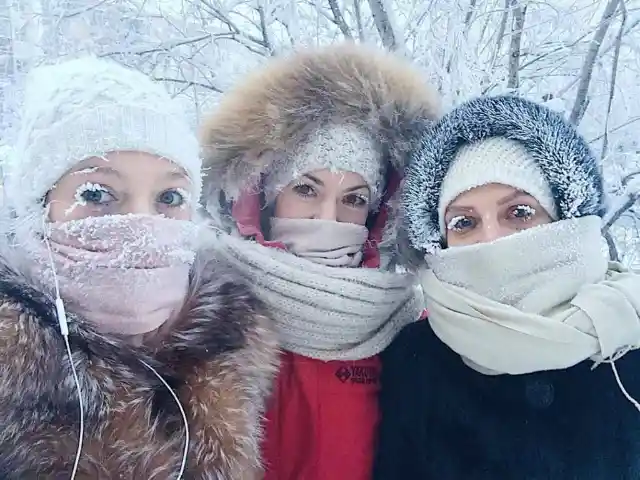
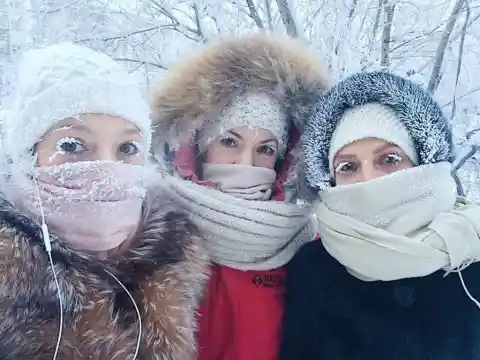
But how cold is Oymyakon? Well, its lowest temperature, which still holds the record, is of -67.7°C (-89.86°F). That’s more than enough to hold the honor of being called the coldest town on Earth!
Phlegraean Fields, Italy
In contrast, freezing temperatures are not quite the main concern to the inhabitants of the Phlegraean Fields. This place, located in Naples, Italy, is among the most dangerous ones due to its alarming proximity to the legendary volcano “I Campi Flegrei.”
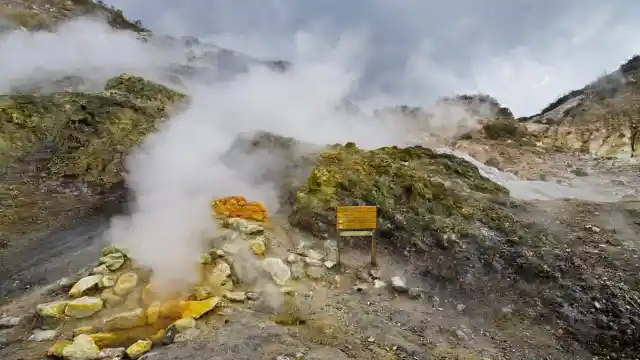
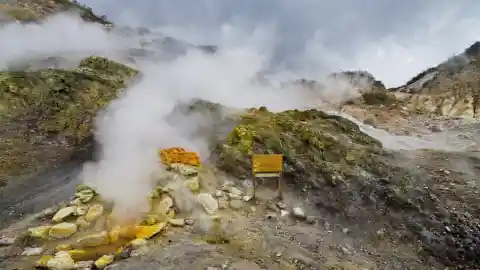
According to historians and geologists, the last eruption of the Italian volcano occurred in 1538. However, the volcano showed some signs of activity recently, hence the locals’ preoccupation.
Daiichi Nuclear Power Plant, Japan
Yet another place that brings back memories of a catastrophe is the Daiichi Nuclear Power Plant. However, the accident that took place here is in fact very recent: in 2011, due to the lethal combination of an earthquake and a subsequent tsunami, a lethal explosion occurred at this plant.
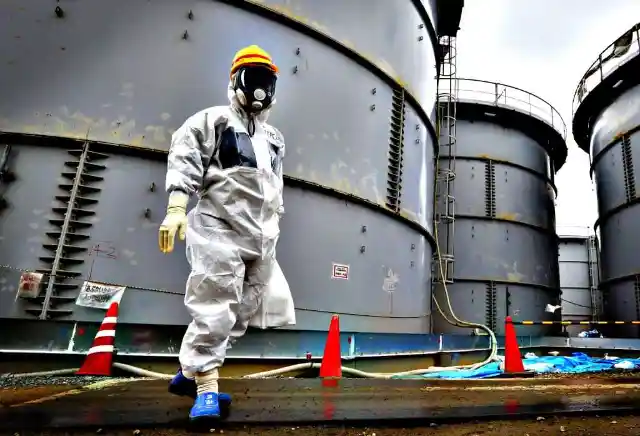
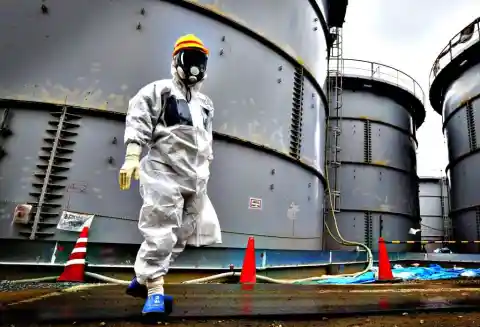
But the terrible flashbacks of the catastrophe aren’t the only thing that worries the people who live near the Daiichi plant. Radiation is still a huge danger in the area and scientists affirm that the water is still heavily contaminated.
Mailu-Suu, Krygstan
Contamination provoked by nuclear waste is the reason behind many of these places’ extreme danger, and this is also the case for the Kyrgyz town of Mailu-Suu. After several years of excavations in search of uranium ore, this site was closed and abandoned in 1968.
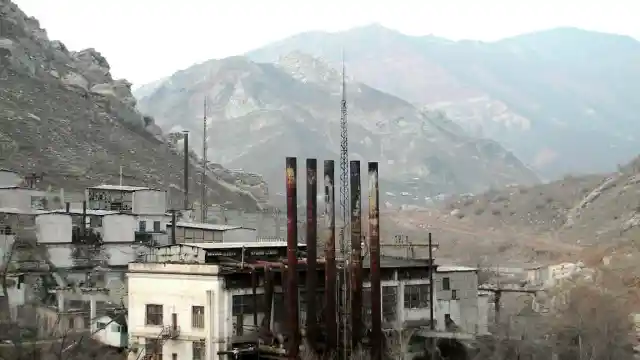
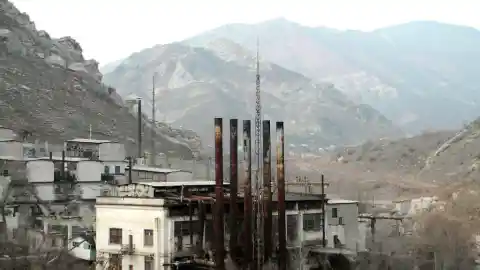
Walking through the streets of this abandoned town may seem appealing, but you should know that its radioactive level is among the highest in the world. Its pollution-related danger is still a great threat to any passerby.
Monroe, Los Angeles
Does the name Monroe ring a bell to you? Chances are it doesn’t, but if it sounds familiar, it’s probably because this Californian city was ranked number one in the 2018 list of the country’s most dangerous cities.
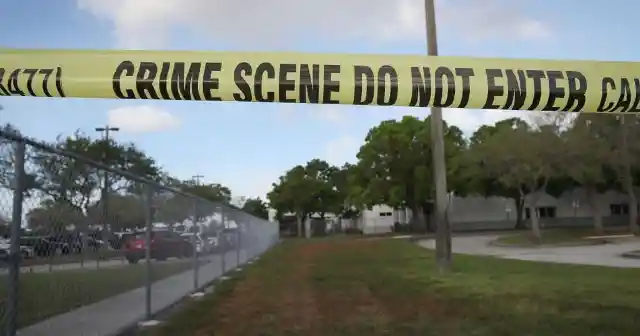
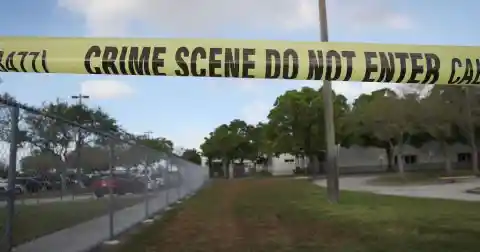
Not a very nice ranking to top, don’t you think? The news surprised many Americans since Monroe is a very small and relatively unknown town in Midwest Los Angeles. But the ranking doesn’t commit any mistakes… this town of only 50 thousand inhabitants has the greatest crime rate in America!
Cape Denison, Antarctica
We’ve already talked about some crazy places, like the coldest town on Earth or the “Gate to Hell” of Turkmenistan. Though extreme temperatures are often associated with danger, if someone tells you that a place is very windy, you’d probably shrug in indifference.
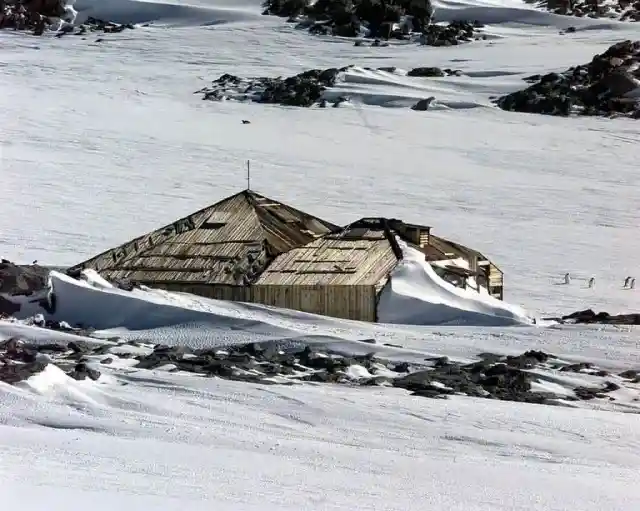
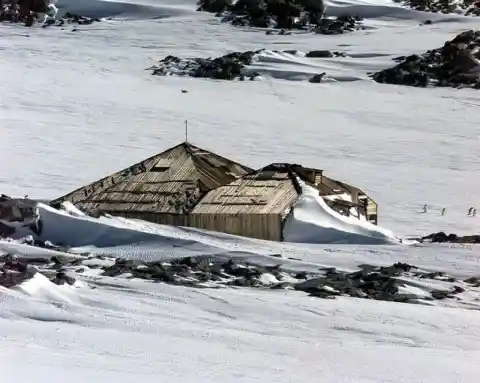
Well, this is probably because you still haven’t visited the windiest location on Earth! The site that holds this record is Antarctica’s Cape Denison. Here, the winds are so powerful that they can easily reach the force of a mighty hurricane. No wonder Cape Denison is uninhabited! Just imagine taking your dog out for a walk when you notice a jaw-dropping hurricane rising out of nowhere!
Sahel Region, Africa
Moving on with our list, we have Africa’s Sahel Region, a site that is equally inhabitable, but for different reasons. This region is a transitional zone between the Sudanian Savanna and the famous Sahara Desert. But what’s so terrible about this area? Well, let’s just say that even camels probably have a tough time trying to survive here! Tremendous droughts and an incessantly arid climate are the norms over there.
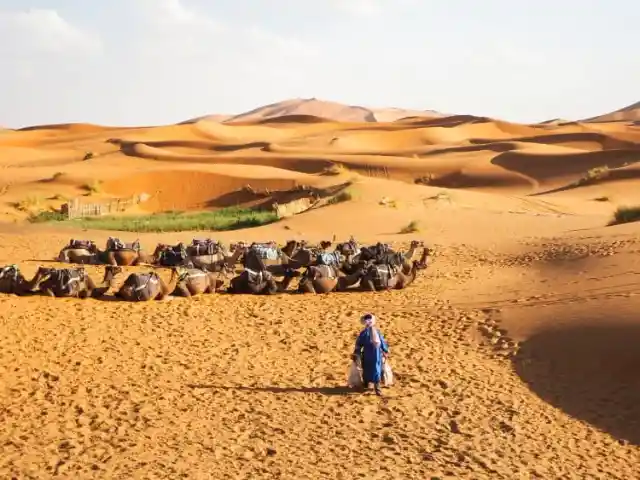
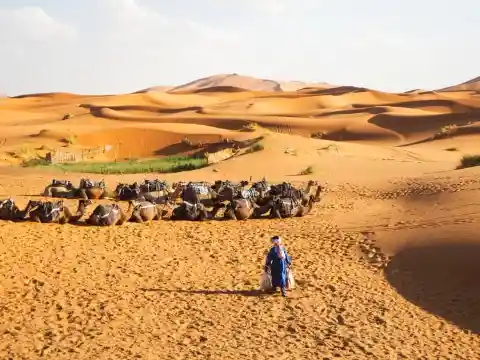
One would think that the extreme heat of the Sahel region is enough to understand its hazardous conditions… Well, there’s more than that. This area is also over-populated. If you add the terrifying sandstorms to the equation, you have one of Earth’s most dangerous places!
Bermuda Triangle, Central America
But if there’s a place that just couldn’t be left without mention in this list, it’s the legendary Bermuda Triangle. This area has fed numerous myths and tales of sinking ships and disappearing planes. The term Bermuda Triangle is usually used in reference to a part of the Atlantic Ocean that’s between Puerto Rico, Miami, Bermuda, and San Juan.
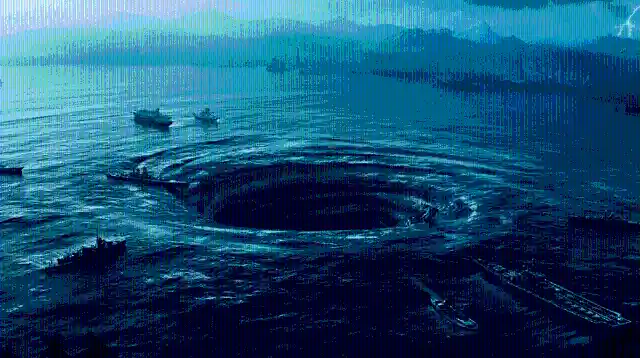
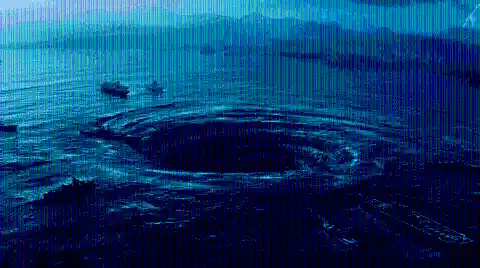
However, most scientists claim that there’s no reliable evidence to explain the alleged disasters that have occurred in the Bermuda Triangle. Some assure that a strange type of alien activity is involved while others affirm that the tales are nothing but a bunch of lies.
Tsingy De Bemaraha Strict Nature Reserve, Madagascar
Now we have another threatening place with a strange mystique. The Tsingy de Bemaraha Strict Nature Reserve, located on the island of Madagascar, has the honor of having been declared as a World Heritage Site by UNESCO, mainly because of the variety of unique birds that inhabit the area.
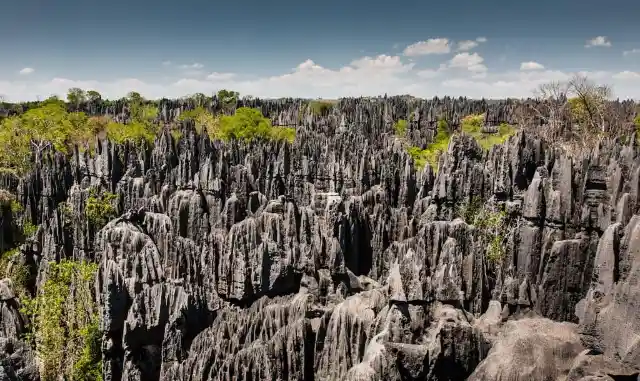
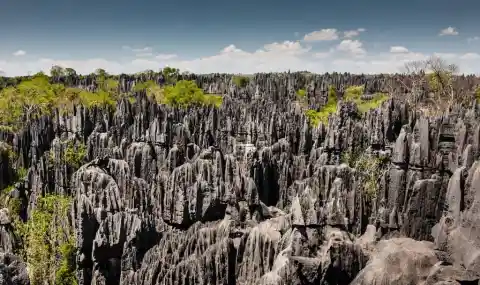
But is there any danger in the Tsingy de Bemaraha Reserve? Of course! Those odd, sharp-looking rock formations are a menace you’d definitely wish to stay away from. Rumor has it that those razor-sharp rocks can cut through anything, even bones or metal!
Dallol, Ethiopia
Do you remember about the ghastly Darvaza Crater, also called the “Door to Hell?”. Well… this site, Dallol, is sometimes referred to as “Hell on Earth”! This Ethiopian area is amongst the hottest on the planet, and its mean temperature of 35°C (95°F) makes it the warmest uninhabited place of the planet.
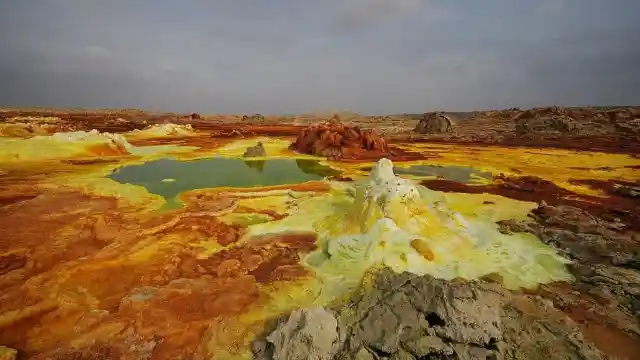
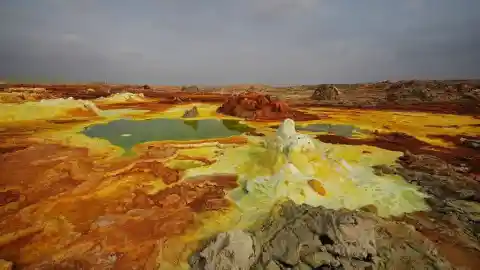
But Ethiopians not only avoid Dallol for the extreme temperatures: The acidic water and the toxic gases which are naturally emitted has transformed it into the last place where one would like to raise his or her kids.
Mount Sinabung, Indonesia
Talking about scorching hot places, the area around Indonesia’s Mount Sinabung is one of the riskiest, especially since 2010. Was this portion of North Sumatra (where the stratovolcano lies) completely safe before?
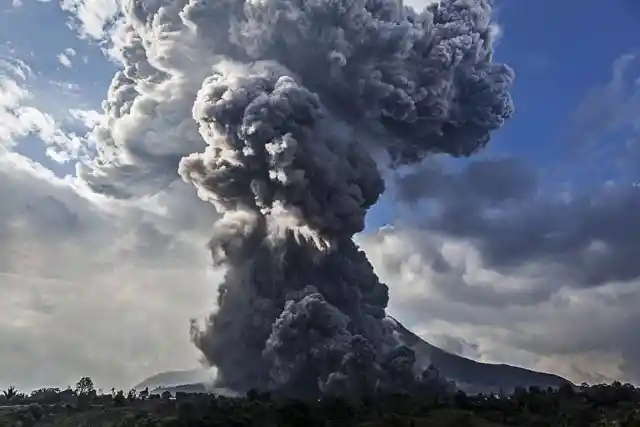
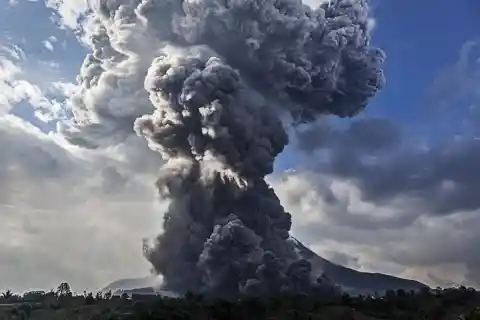
Not exactly, but since that year (and after two Centuries of being dormant) the volcano is active, hence turning into a massive, blazing threat. I’d say it’s better to avoid the risk and stay away!
Danakil Desert, Ethiopia
There’s no active stratovolcano emitting explosions of magma here, but the Danakil Desert is definitely not for everyone… The area that stretches across the borders of Eritrea, Ethiopia, and Djibouti has one of the most extreme temperatures on the planet. I bet you’re wondering how hot it is here… well, let’s just say that you’d need more than the latest deodorant to stop the incessant sweating!
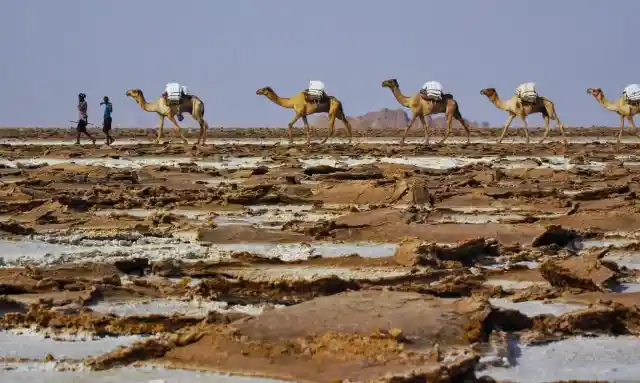
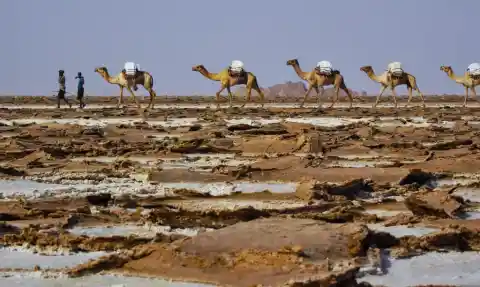
A regular day at the Danakil Desert has an average temperature of about 50°C (122°F). Additionally, there are almost no rainy days for a whole year, generally. So, if the climatic conditions are so atrocious in the Danakil Desert, why do people go there? The answer is salt mines. That’s right; Afar people have to face terrible conditions while transporting salt across the desert with their camels.
Haiti
Nature can sure be cruel and produce severely threatening living conditions for humans in some places… and Haiti is sadly one of the most notorious examples. A great number of catastrophic earthquakes and hurricanes have wreaked havoc in the poorest country of the Caribbean during recent decades.
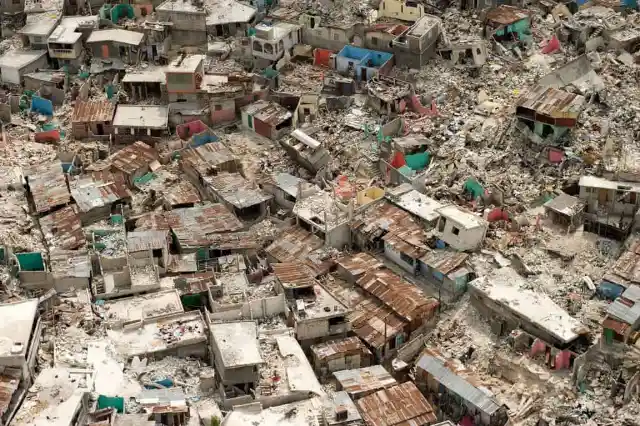
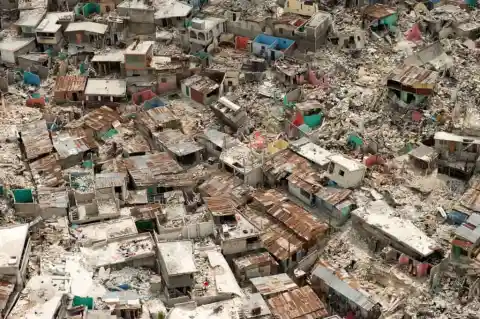
Since Haiti’s infrastructure isn’t ready to face these disasters, the 2010 earthquake has been one of the deadliest in history. Because of this, many say that it’s the most dangerous country in the world.
The Philippines
The case of the Philippines is pretty similar to the one of Haiti. The Philippines lies along an area that’s called the Pacific Ring of Fire. Yes, this term might sound cool, but it’s a synonym of danger for the people who live in this region.
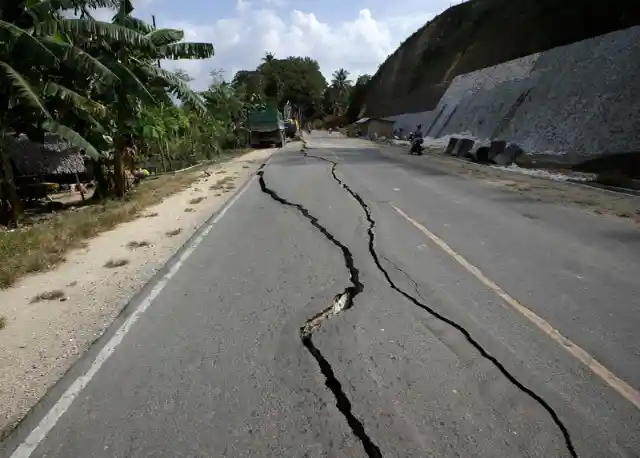
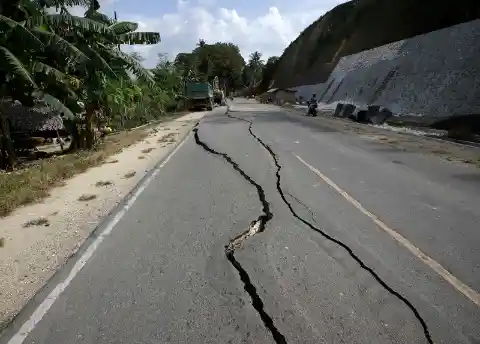
The Pacific Ring of Fire is a large region where several volcanic eruptions and powerful earthquakes occur. The Philippines, like Haiti, lacks the economic stability required to guarantee the safety of its citizens when a natural disaster arrives.
Vanuatu
In fact, among the world’s 100 most dangerous cities, 21 belong to the Philippines. But some of the other countries and archipelagos of the South Pacific share similar rates of risk due to similar threats, and Vanuatu is a prime example of these hazardous locations.
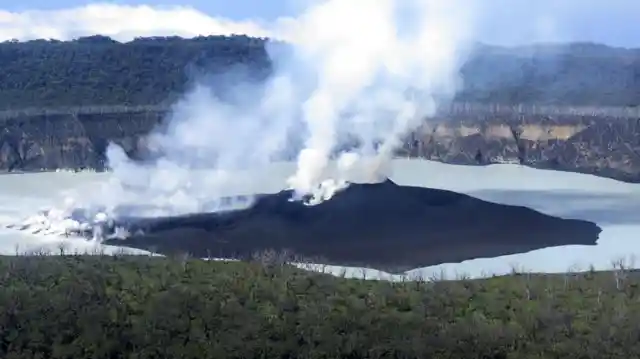
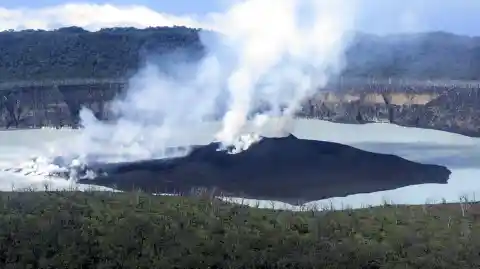
With a small population of about 300 thousand people, Vanuatu is an archipelago located near Fiji and New Guinea. Natural disasters like monstrous typhoons and earthquakes constantly harass the poor locals, hence the second spot on the list.
Fraser Island, Australia
Australia usually appears on any tourist’s wish-list. However, I bet you’ve also heard something in reference to the country’s wild animals. Because of them, many people consider themselves too fearful to face the mighty beasts that walk Australian lands.


But are these rumors true? It depends on the area we’re talking about, naturally. Between the country’s most dangerous zones, Fraser Island is perhaps the one you should avoid the most. Ferocious snakes, crocodiles, and sharks can be found on its beaches. What’s more, some of the last dingoes (the creatures shown in the picture) live on this island, and despite their beauty and protected species status, they’re also known for fiercely biting humans!